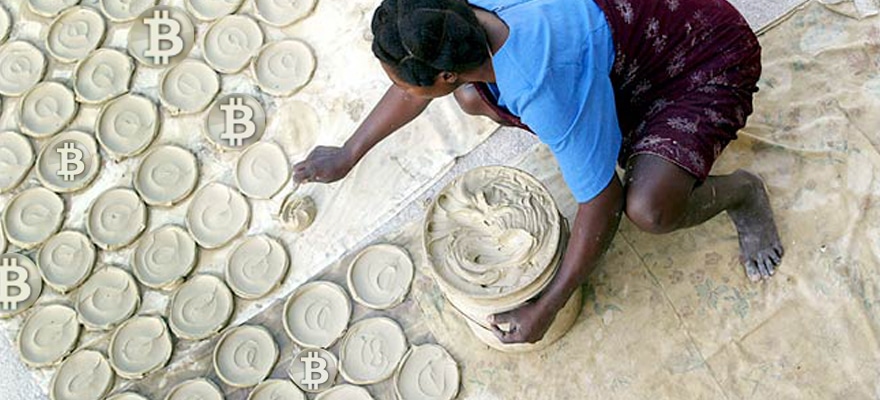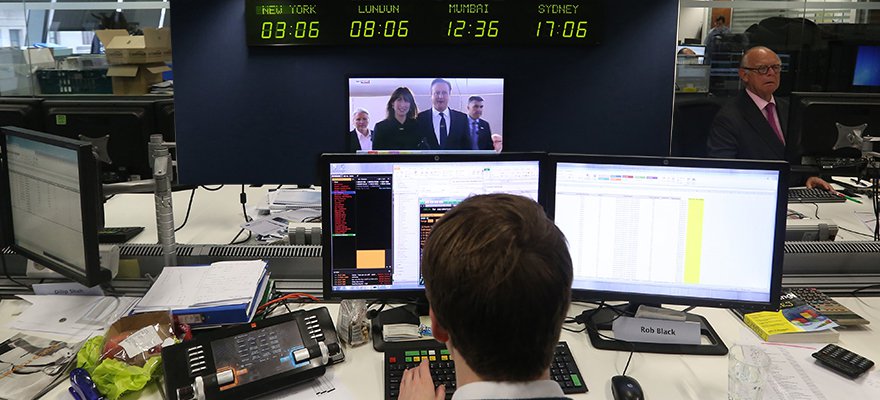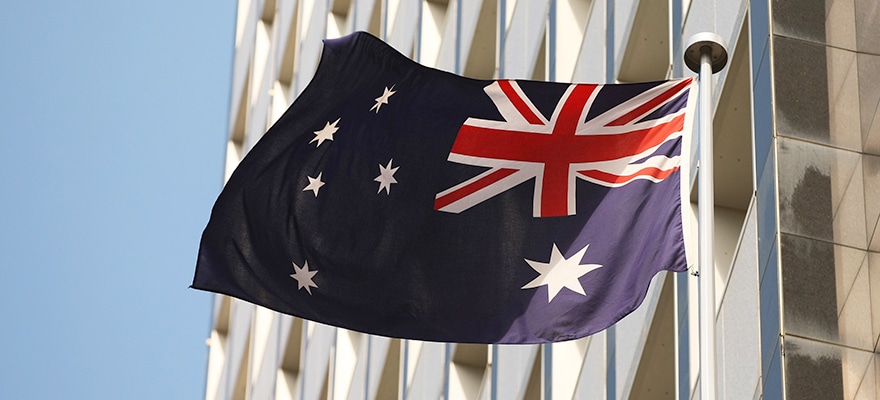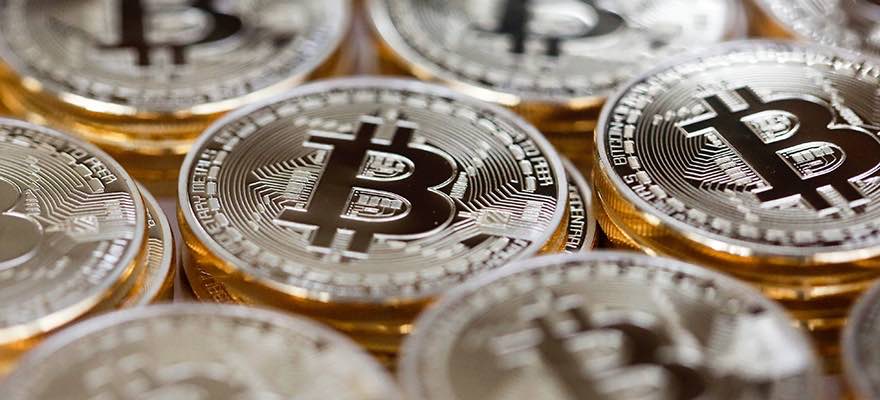Jason Grad is the founder and CEO of bstow.com.
Last year, charities in the US brought in over $2 trillion in revenue. $373 billion of that came through charitable contributions. And while charitable donations are increasing in popularity and in amount, the industry still has problems that have persisted for years and that prevent many from contributing as much as they otherwise would. In some cases, it prevents people from donating at all.
Join the industry leaders at the Finance Magnates London Summit, 14-15 November, 2016. Register here!
But there are signs that Blockchain technology could help.
The main concerns in charitable giving are transaction fees charged on donations, potential corruption by the middlemen administering funds and services, and lack of accountability within nonprofits and other NGOs as to how the money is actually spent.
These concerns could all be addressed by a donation system administered via blockchain.
A blockchain is a public database that keeps track of money or goods exchanged on a public, decentralized ledger. The technology originated with the digital currency bitcoin in 2009, but since then many different businesses have implemented blockchain technology. The benefit of blockchain tech is that it cuts out the middleman: I pay you $10, you get the $10, no one needs to handle it in between, and the blockchain records that I gave you the $10.
The benefits for charitable giving are clear.
Transaction Fees
When sending donations to charities directly, the fees are often charged by credit card, debit card, and ACH (Automated Clearing House ) processors. These fees tend to be in the 3% range. If a third-party donation solution is used, like a crowdfunding site, or other fundraising service, there are often multiple fees involved: the fee charged by the payment processor; the fee charged by a disbursement company to send the money to different charities that may not be directly connected to the donation solution; and the fee charged by the donation solution that facilitated the transaction in the first place.
That’s three different parties, each taking a cut along the way. With a digital currency that operates on the blockchain, like bitcoin, your donation goes directly to a charity instantaneously and for free. With a charity blockchain, a non-bitcoin donation could still be tracked through the use of a decentralized digital ledger that records the path of the money at every transaction.
After the 2015 earthquake in Nepal, India sent $1 billion (USD) to Nepal. Even with a mere 1% transaction fee, that’s $10,000,000 more that could have gone to relief.
Middle Men
Not only are there financial middlemen, but also government agencies, companies and individuals all along the way that money, goods, and services pass through. And each one wants a cut. Of course, there is a fair way to charge for services, but a lot of the time this money is going to impoverished regions where the governments that need to facilitate relief services are the same that created the unfair living conditions in the first place.
After the 2010 earthquake in Haiti, the Red Cross raised over $500 million to provide a variety of emergency aid services and to build 130,000 homes. They built six.
Using a public blockchain, watchdogs could have kept track of how that money was being spent and either stopped them from using money in the same ineffective ways, or put pressure on the Haitian government to act appropriately.
Accountability
A blockchain ledger could cut down on corruption in the charity cycle. Using a blockchain: “Each dollar you gave to the Red Cross could be tracked from its starting point on your smartphone to the human being it benefited,” says Alex Tapscott, co-author of the book Blockchain Revolution. “When you donate, you would know whether your individual dollar went to a plank of wood, a gallon of water or a gauze Band-Aid.”
This democratizes giving and accountability. Even an individual donor would have the ability to make some noise if they suspected wrongdoing. Using a blockchain, those individuals or any of the organizations handling the money in between could intervene and immediately halt the use of funds or redirect them to other organizations.
Some charities have started to accept bitcoin, like the American Red Cross. Now there just needs to be widespread use of bitcoin to solve the problems in charity, or a blockchain set up to act as a ledger for all transactions – for all currencies.
Jason Grad is the founder and CEO of bstow.com.
Last year, charities in the US brought in over $2 trillion in revenue. $373 billion of that came through charitable contributions. And while charitable donations are increasing in popularity and in amount, the industry still has problems that have persisted for years and that prevent many from contributing as much as they otherwise would. In some cases, it prevents people from donating at all.
Join the industry leaders at the Finance Magnates London Summit, 14-15 November, 2016. Register here!
But there are signs that Blockchain technology could help.
The main concerns in charitable giving are transaction fees charged on donations, potential corruption by the middlemen administering funds and services, and lack of accountability within nonprofits and other NGOs as to how the money is actually spent.
These concerns could all be addressed by a donation system administered via blockchain.
A blockchain is a public database that keeps track of money or goods exchanged on a public, decentralized ledger. The technology originated with the digital currency bitcoin in 2009, but since then many different businesses have implemented blockchain technology. The benefit of blockchain tech is that it cuts out the middleman: I pay you $10, you get the $10, no one needs to handle it in between, and the blockchain records that I gave you the $10.
The benefits for charitable giving are clear.
Transaction Fees
When sending donations to charities directly, the fees are often charged by credit card, debit card, and ACH (Automated Clearing House ) processors. These fees tend to be in the 3% range. If a third-party donation solution is used, like a crowdfunding site, or other fundraising service, there are often multiple fees involved: the fee charged by the payment processor; the fee charged by a disbursement company to send the money to different charities that may not be directly connected to the donation solution; and the fee charged by the donation solution that facilitated the transaction in the first place.
That’s three different parties, each taking a cut along the way. With a digital currency that operates on the blockchain, like bitcoin, your donation goes directly to a charity instantaneously and for free. With a charity blockchain, a non-bitcoin donation could still be tracked through the use of a decentralized digital ledger that records the path of the money at every transaction.
After the 2015 earthquake in Nepal, India sent $1 billion (USD) to Nepal. Even with a mere 1% transaction fee, that’s $10,000,000 more that could have gone to relief.
Middle Men
Not only are there financial middlemen, but also government agencies, companies and individuals all along the way that money, goods, and services pass through. And each one wants a cut. Of course, there is a fair way to charge for services, but a lot of the time this money is going to impoverished regions where the governments that need to facilitate relief services are the same that created the unfair living conditions in the first place.
After the 2010 earthquake in Haiti, the Red Cross raised over $500 million to provide a variety of emergency aid services and to build 130,000 homes. They built six.
Using a public blockchain, watchdogs could have kept track of how that money was being spent and either stopped them from using money in the same ineffective ways, or put pressure on the Haitian government to act appropriately.
Accountability
A blockchain ledger could cut down on corruption in the charity cycle. Using a blockchain: “Each dollar you gave to the Red Cross could be tracked from its starting point on your smartphone to the human being it benefited,” says Alex Tapscott, co-author of the book Blockchain Revolution. “When you donate, you would know whether your individual dollar went to a plank of wood, a gallon of water or a gauze Band-Aid.”
This democratizes giving and accountability. Even an individual donor would have the ability to make some noise if they suspected wrongdoing. Using a blockchain, those individuals or any of the organizations handling the money in between could intervene and immediately halt the use of funds or redirect them to other organizations.
Some charities have started to accept bitcoin, like the American Red Cross. Now there just needs to be widespread use of bitcoin to solve the problems in charity, or a blockchain set up to act as a ledger for all transactions – for all currencies.

















